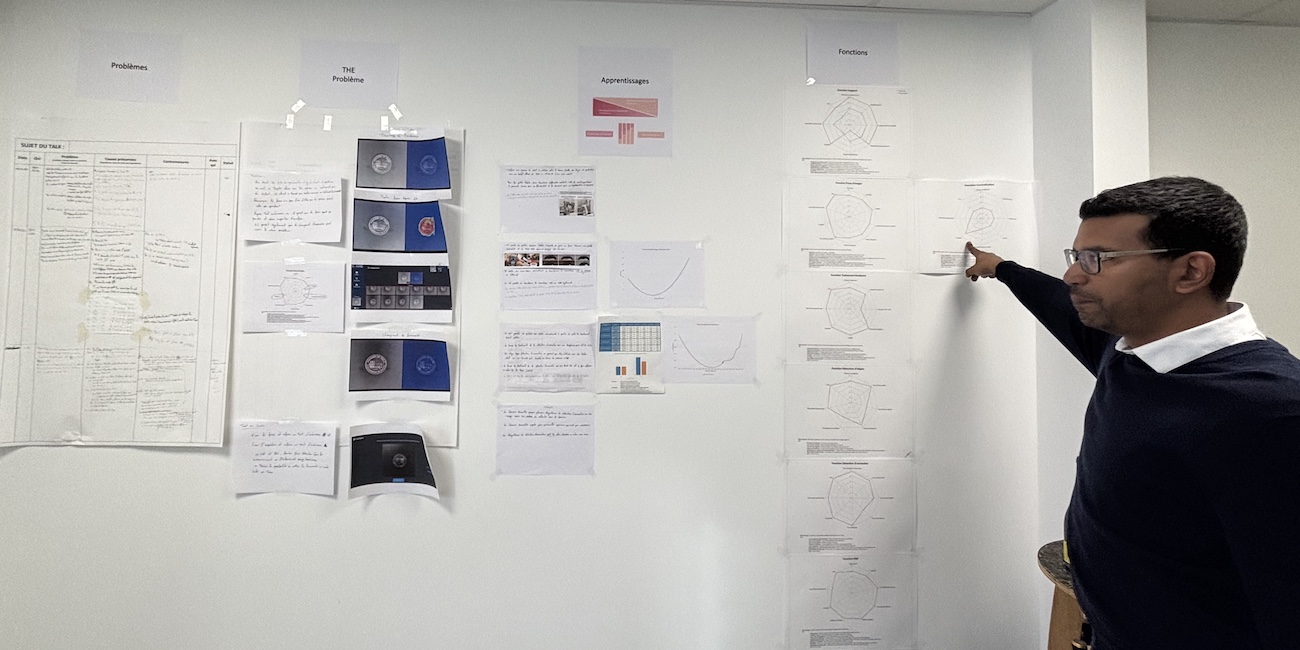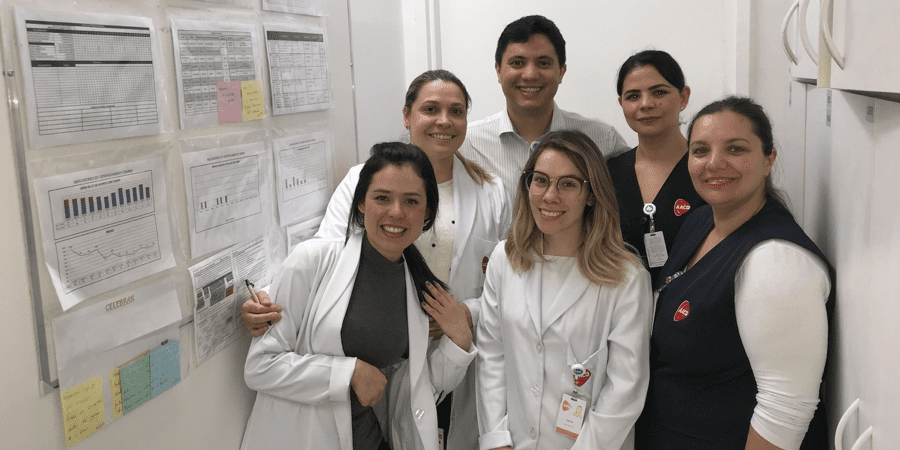
Kaizen: from frustration to learning
OPINION – How many times, in the early stages of kaizen events, have you thought about giving up? Hang in there. As frustrating as they can be, they will also teach you a lot, says our Danish colleague.
Words: Christina Villefrance Møller, Confederation of Danish Industries
Whenever we ask people to tell us what they think of kaizen events, which we help companies carry out as part of our work at the Confederation of Danish Industries, we often get the same answer: kaizen events are extremely frustrating but can represent fantastic learning opportunities.
Feedback often includes them telling us how a kaizen event brings changes to the way people work, helping them to focus on the issues that are important to address. Lene Bach Randers, a business unit manager at graphics company Mekoprint, recently told me: “In a kaizen event we're more focused and can analyze a problem in depth, which is completely different from implementing improvements over a longer period of time. In those cases you always lose focus. Kaizen events are definitely the way forward for us.”
QUICK RESULTS
During DI’s project Lean Journey - A Guide to Lean Leadership, participating companies use kaizen events to implement process improvements in a defined area with a focused effort. This allows them to deliver an improvement with a follow-up to show results immediately. Management support comes throughout the project in the form of quick and targeted interventions addressing concrete problems.
Kaizen events become the driver for the development of an improvement culture, but before your organization can make improvements a part of the daily work managers must learn to facilitate the learning. That’s why we also see a kaizen event as an opportunity for the managers to learn how to facilitate scientific problem solving within their teams.
I would like to share Lene’s thoughts on the two significant changes kaizen events brought to her company, as I think there is a key takeaway in there. Here’s what she said: "The kaizen event has led to an improved understanding between production and administration, for example with regards to planning and quality. Better understanding and cooperation also helped Karin, a team leader, as things that would normally be overlooked started to come up during discussions. Employees are now much better at taking ownership, which means that they are supporting her in following up on the daily huddles."
But the kaizen also had an effect on performance, according to Lene. "We have reached half of our target of reduction of throughput time. Our people have become much more engaged and proactive with regards to their own impact on company results. The quality of the follow-up now reflects the quality of the work they are doing. In the kaizen event we had a dialogue with employees about what we should measure, so now we are not just tracking overall KPIs but also process performance indicators (PPI), for example the internal rate of rejections - which has started to drop,” she said.
AN OPPORTUNITY TO LEARN
During kaizen events, participants are trained in the implementation of tools in a systematic way, while managers are trained in their ability to learn. People are taught a practical tool, analyze the chosen problem, prepare proposals for the implementation of concrete changes, get approval on them, implement them and then follow-up.
The manager leading a kaizen event is also trained to spearhead the change process and contain the frustration coming from the employees, which is normally linked to three main concerns: “Are we not doing a good job?” “What do the others say?” and “Will my mistakes be visualized?”
On the first day of a kaizen event the issue at hand is analyzed and participants are confronted with problematic situations that in daily life would go unnoticed. For this reason, most managers and employees tend to head home quite troubled. Once they come back the following day, however, having had the chance to sleep on the experience, a common reflection begins to take place. That’s when they begin to discuss possible solutions.
Another cause of frustration for participants is the impact of those solutions on them and their colleagues. In particular, employees often feel unsure of whether and how their colleagues will accept the suggested solutions. And then, when proposed countermeasures are discussed and possibly tested and visualized, frustration arises again as participants are asked to select a ratio (a process indicator) indicating whether the solution implemented is effective or not. Errors suddenly become highly visible, and this scares people off. Both managers and employees need to learn that identifying problems does not mean to expose misconduct and to blame a culprit, but come to the realization that the process is not working as it should.
WHAT THE MANAGER LEARNS
Lene told me it was exciting for her to interact with her team leader and employees and see how they work together and learn. She also reflected on the outcome of the kaizen event for her team leader Karin: "She found it super educational and particularly enjoyed having her people engaged. They really listened and learned, she said, even though we are not quite finished yet. In particular, she admitted it was difficult for her team to sit down in the classroom and learn the theory in the first days. She also told me how hard they found it to make decisions that would apply to all their colleagues, even those who did not participate in the event.”
THE AUTHOR

Christina Villefranche Møller is Head of productivity at the Confederation of Danish Industries, a member of Lean Global Network. She has a Master in Industrial Management and one in Psychology of Organizations. DI helps member companies on a lean journey to strengthen their competitiveness.
Read more


CASE STUDY – This French firm transformed its engineering approach through continuous learning, radical redesign, and user-driven innovation, evolving into a lean, resilient company with a strong culture of development.


CASE STUDY – Effectively deploying and executing your strategy requires mastering quick follow-ups at different levels of the organization – in other words, Daily Management.


INTERVIEW – With the Lean Global Connection just two weeks away, we learn more about the lean healthcare content available to attendees.


FEATURE – Repetitive flexible supply is a very effective method to level production scheduling, but as a FMCG company in the Netherlands found out, sometimes a number of conditions must be met before the approach becomes viable.

